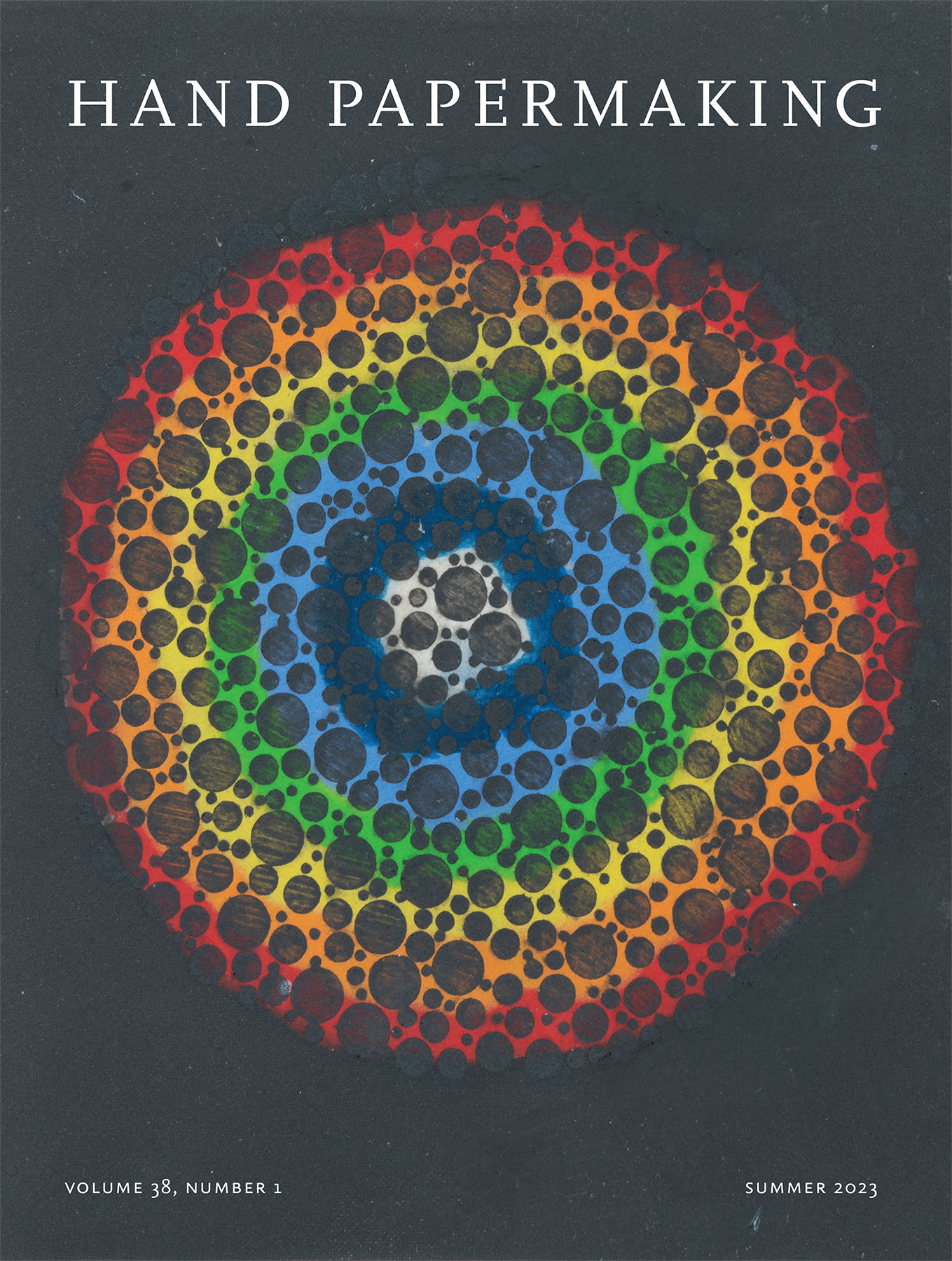As a child, I would lie in bed on cold mornings, listening to one of my parents building a fire in the basement furnace. Our house in Kansas had no other source of heat, so until the blaze really got going, the air around my bed was chilly. My sisters and I would argue about who got to stand on the vent in the bathroom while we dressed and had our hair brushed. By the time we were sitting down for breakfast, the house was warm.
The wood used to build those fires was called hedge by the farmers in the area, because past generations had planted the trees as a living windbreak around their fields. It is very hard and flexible, and resists decay, making it excellent for fires and for making bows. It is native to the southern Great Plains of the United States, although it now grows throughout the Midwest. The name most people know, if they know it, is Osage orange. “Osage” comes from the name of one of the Native peoples of the Great Plains. The “orange” part of the name may refer to the fact that in autumn the tree drops fruits that look like large green oranges. Some enterprising farmers collect the fruits and market them as spider repellent, selling them to city dwellers to put in the corners of their houses. Perhaps the name comes from the fact that the heartwood is a brilliant golden color. Whatever the case, the tree has given me valuable gifts, starting with a warm home. In my early memories, the living tree also gave me a strong impression of nature. The branches and trunk curve and twist and bulge in a kind of athletic way. When I was small and walking in the woods, they seemed like monsters. Now, they are emblematic to me as ancient living things deeply rooted in the earth.
The gift that I use most often now is the gold color of the wood. Many years after those days of being warmed by a wood furnace, I went to Maiwa Handprints in Vancouver to take a four-day workshop on using natural dyes on fabric. That was where I learned that sawdust from Osage wood makes a clear, bright yellow dye that edges into golden orange as it gets more concentrated. Over the next ten years, I found sources for the sawdust back in Kansas, and dyed many skeins of yarn and many yards of fabric a warm gold. Eventually I figured out how to use it in handmade paper. Now that gold color is integral to my practice, tying my installation work back to the landscape and botany of my childhood place.
When I prepare any natural dye for use in handmade paper, I first make the dye into a lake pigment. I use a recipe found in a book by Joy Boutroup and Catharine Ellis, The Art and Science of Natural Dye (2018). Here is my recipe for Osage lake pigment. This technique is adaptable to most natural dyes, although some, like madder and logwood, are more sensitive to heat and should not be simmered.
osage lake pigment for papermaking
Simmer several handfuls of Osage sawdust in a 5-quart pot for a few hours, adding more water as needed. Sometimes I will do this over the course of a few days. Strain out the sawdust and measure the volume of the liquid. For each liter, weigh out 10 grams of alum and 5 grams of soda ash. Mix the alum into the warm dyebath. When it is fully dissolved, add the soda ash. Leave it overnight. The pigments will solidify and sink to the bottom of the vessel. Pour off the liquid and strain the pigment slurry through a colander lined with tight woven fabric or a coffee filter. You will be left with a pudding-like mass of concentrated pigment. To use it in handmade paper, it is important not to let it dry out. Add it to pulp when it is still wet. The best way to do this is to add it to pulp that is still in a beater. If you are pigmenting the pulp in a bucket, add some water to the pigment, whisk well to break up lumps, and then stir it into the pulp until it is well distributed. Add retention aid if the pigment does not attach well to the pulp. I have found that the amount of pigment that can be extracted from a few handfuls of Osage sawdust will turn a pound and a half of fiber a deep color, but this is not an exact science.






